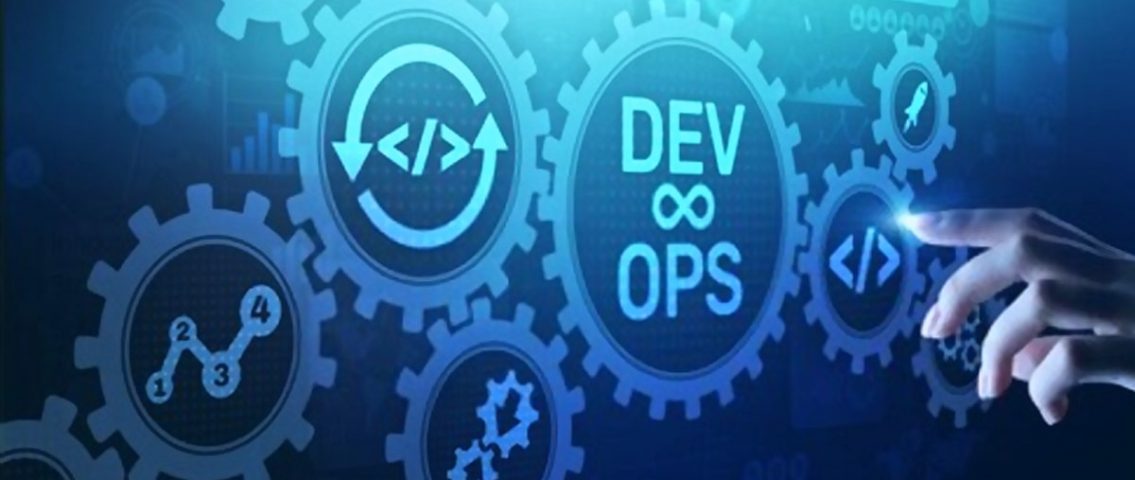Shift Left Security: Upgrade DevOps Automation Services And Kubernetes For 4 Phases of Container Lifecycle

Audio : Listen to This Blog.
Even with automation processes in place, DevOps tests can take an inordinate amount of time to execute. Also, Kubernetes has grown into a de facto container orchestration system in the modern digital landscape. This implies that the number and variety of tests will only grow considerably as containerized projects scale, resulting in significant SDLC inefficiencies. With the pace being a priority feature for DevOps automation services and Kubernetes both, the increasingly complex projects cannot do with existing test performance. A ray of hope comes in the form of “shifting the test automation to the left in SDLC”.
Shift Left encourages early testing where the testing strategy is essentially preponed in the development process. Moreover, with DevSecOps gaining popularity in mainstream IT business, the concept of “shifting left” is beneficial for Kubernetes and the overall CI/CD security as well. In this blog, we will take a look at Shift Left Testing Automation and understand its performance and security implications for DevOps automation services and Kubernetes.
Shift Left Testing
Shift left testing is a technique for speeding up software testing and making development easier by bringing the testing process forward in the development cycle. It is done by the DevOps team to ensure application security at the earliest phases of the development lifecycle, as part of a DevSecOps organizational pattern. Shift left testing focuses on integration. We can find out integration concerns earlier by moving integration testing as early as possible. This will aid in resolving integration concerns in the early stages, when architectural changes may be made. This, like other DevOps methods, encourages flexibility and allows the project team to scale their efforts to increase productivity.
Embracing the Shift Left Testing approach
Bugs can occur in any code. Depending on the error type, bugs might be minor (low risk) or major (high risk). It is always important to find the bugs earlier, as it allows development teams to fix software quickly and avoid lengthy end-of-phase testing.
- Better Code Quality: In Shift right testing all bugs are fixed at once. In contrast to this shift left uses an approach to detect the bug in the early stage that improves communication between testing and development teams.
- Cost-effective: Detecting bugs early saves time and money on the project. This can be helpful to launch a product on time.
- Better Testing Collaboration: Shift-left strategies take advantage of “automation” regularly. It enables them to do continuous testing to save time.
- Secure Codebase: Shift-left security encourages more security testing throughout the development period, which enhances test coverage. Teams can write code keeping security in mind from the beginning of a project, avoiding haphazard and awkward fixes later on.
- Shortened market time: Overall, shift-left security has the potential to improve delivery speed. Developers will have less wait time and there will be fewer bottlenecks when releasing new features thanks to improved security workflows and automation.
Ensure that their shift-left strategies are contemporary and capable of dealing with today’s application testing performance concerns, organizations can also benefit from their security features.
Understanding Shift Left Security for DevOps and K8s
Security testing has traditionally been carried out at the end of the development cycle. This was a major from a debugging point of view, requiring teams to untangle multiple factors at once. As a result, this increased the risk of releasing software that lacked necessary security features. Shifting security left aims to build software with security best practices built-in, as well as to detect and resolve any security concerns and vulnerabilities as early as feasible in the development process.
Moreover, Kubernetes security is more vulnerable to threat actors as they are constantly looking for exploiting overlooked bugs. Shift left allows the security to be embedded into every aspect of the container life cycle i.e. – “Develop,” “Distribute,” “Deploy,” and “Runtime.” Here’s how Shift left work with these four phases:
- Develop: Security can be introduced early in the application lifecycle with cloud-native tools. You can detect and respond to compliance issues and misconfigurations early by conducting security testing.
- Distribute: While using third-party runtime images, open-source software, this phase gets more challenging. Here, artifacts or container images require continuous automated inspection and update to prevent the risk.
- Deploy: Continuous validation of candidate workload properties, secure workload observability capabilities, and real-time logging of accessible data enables when security is integrated throughout the development and distribution phases.
- Runtime: Policy enforcement and resource restriction features must be included in cloud-native systems from the start. When workloads are incorporated into higher application lifecycle stages in a cloud-native environment, the runtime resource limits for workloads often limit visibility. Breaking down the cloud-native environment into small layers of interconnected components to address this difficulty is advisable.
Conclusion
A software flaw can cause a huge economic disruption, a massive data breach, or a cyber-attack. The ‘Shift Left’ concept resulted in a significant change for the overall ‘Testing’ role. Previously, the only focus of Testing was simply on ‘Defect Detection,’ but now the goal is to detect the bugs in the early stages to reduce the complexity at the end. Also, we all know that cyber-attacks will continue, but early and frequent testing can help detect vulnerabilities in software and build stronger resilience. For all the unforeseen disruptions to come, Shift Left is the direction one cannot deter from.
